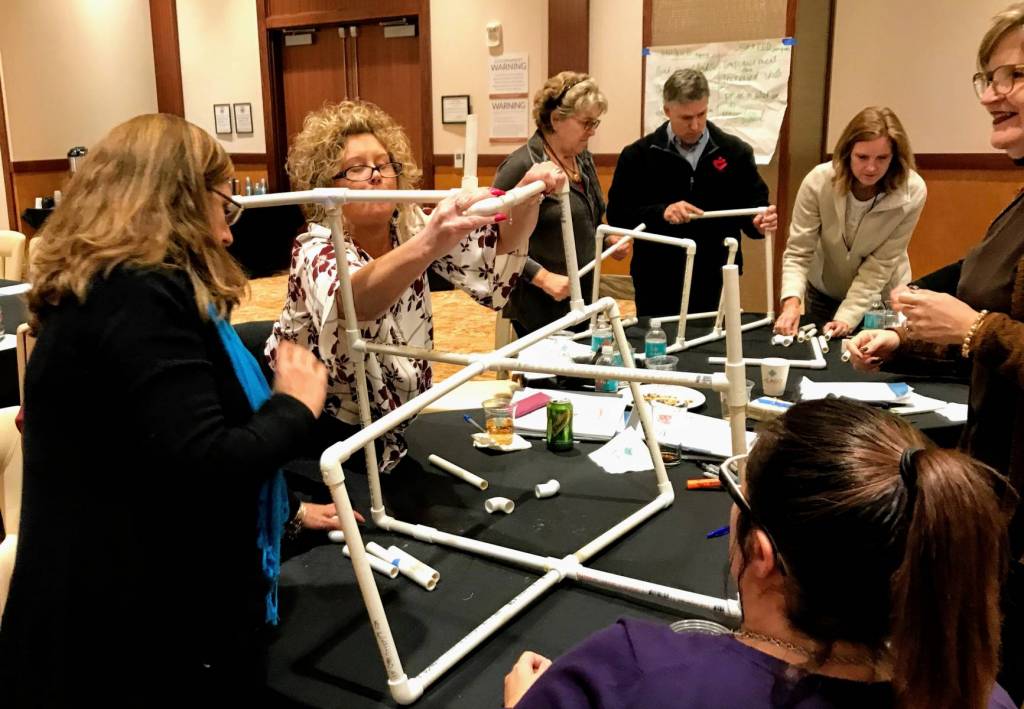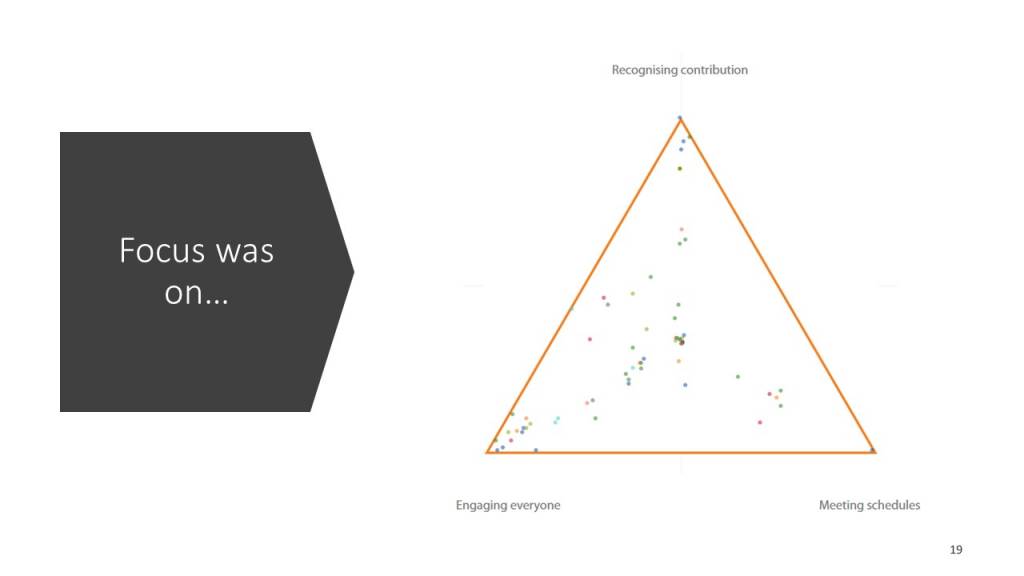
What makes culture change in your company or team difficult?
Is your current organizational culture – how do things get done around here?
When I talk about culture change within a workplace, the best thinker to reference is Edgar Schein:
“Schein’s model of organizational culture originated in the 1980s. Schein (2004) identifies three distinct levels in organizational cultures:
- artifacts and behaviors – any tangible, overt, or verbally identifiable elements in any organization. Architecture, furniture, dress code, and office jokes exemplify organizational artifacts. Artifacts are the visible elements in a culture, and they can be recognized by people who are not part of the culture.
- espoused values – the organization’s stated values and rules of behavior. It is how the members represent the organization both to themselves and others. This is often expressed in official philosophies and public statements of identity. It can sometimes often be a projection for the future of what the members hope to become. Examples would be employee professionalism or a “family first” mantra. Trouble may arise if espoused values by leaders are not in line with the deeper implicit assumptions of the culture.
- assumptions – Shared basic assumptions are the deeply embedded, taken-for-granted behaviors that are usually unconscious but constitute the essence of culture. These assumptions are typically so well integrated into the office dynamic that they are hard to recognize from within.“
Using Schein’s work on company culture change and the work of Dave Snowden on complex-adaptive-systems anthro-complexity, I’ve been working through some variations of How to think and support you and your organization to understand and make useful changes within your culture?
You as the knowledge source of culture change:
When you work with people, it is different than working with a machine. The work with people, i.e., culture change and leadership, is complex because people have values, ideas, and moods, and they perceive your leadership and ideas differently from moment to moment. Also, you are a part of your environment, workplace, and coworkers. How they act, feel, and respond will impact your perceptions of the work, organization, and leadership. This combination of views and values leads to a complex-adaptive-systems; as pieces change, move, and adjust, the outcome cannot be known. This lack of knowing does not mean you give up; you try a different approach. An approach that places your coworkers and you at the center of the organizational change recognizes that Human-Centered-Design puts you as the interpreter and knowledge source of what does and does not work for change.

Above is one image of a cultureSCAN I worked through with an executive team to better understand how people see and experience the organization.
As the team read through the entire culture report, they asked, “Is this good or bad?” I kept reminding them that each dot in the triangle represents a person’s narrative response to what it is like to work here, and how the person shows the significance of their experience creates a pattern. The good or bad comes from the triad patterns and which narratives the team wishes to increase and decrease.
Within human-designed change / complex-adaptive systems (all culture plus leadership work is a complex-adaptive system) require the voice of your team and those that interact with your service and product. Below are 5 steps that support change through how people work together and within your organization.
Changes through a focus on how people interact:
- provide data that reflects everyday work experience within your environment or context – without any expert interpretation;
- work with you to identify patterns, and discuss how those patterns happened and what stories are happening within those patterns;
- discuss and define what you want to increase or amplify and decrease or dampen;
- support you in making the changes you wish to make;
- work with you to develop a way to gather feedback and measure the changes.
To change culture, focus on how people interact. Start with how you and your coworkers interact with the company artifacts, espoused values, and assumptions. Once you can listen and map how we do things around here, what we do, who we do it with, and why we do it that way, it can be changed and experimented with to see changes in organizational culture and behavior.

